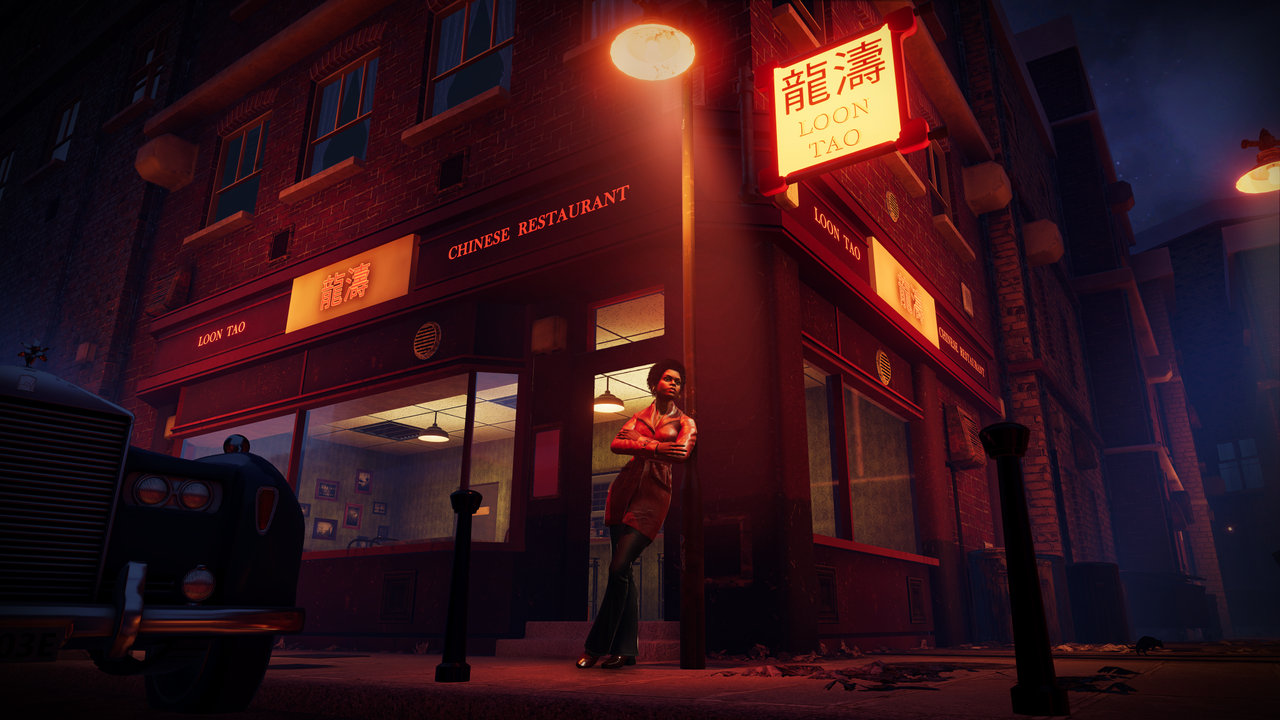In the shadows of vibrant colors and bold interiors of the 1970s, I find myself lost in a sea of nostalgia, longing for moments that can never return. "Death on the Nile" captures that fearless essence, yet I feel a profound emptiness within. The fashion, the memories—they tease me, reminding me of connections that have faded away. Each glance at the screen is a bittersweet reminder of the laughter and love that once filled my life. Alone amidst the glamour, I wonder: Is nostalgia a cruel companion, or a gentle reminder of what has been lost?
#Nostalgia #Loneliness #EmotionalJourney #1970s #DeathOnTheNile
#Nostalgia #Loneliness #EmotionalJourney #1970s #DeathOnTheNile
In the shadows of vibrant colors and bold interiors of the 1970s, I find myself lost in a sea of nostalgia, longing for moments that can never return. "Death on the Nile" captures that fearless essence, yet I feel a profound emptiness within. The fashion, the memories—they tease me, reminding me of connections that have faded away. Each glance at the screen is a bittersweet reminder of the laughter and love that once filled my life. Alone amidst the glamour, I wonder: Is nostalgia a cruel companion, or a gentle reminder of what has been lost?
#Nostalgia #Loneliness #EmotionalJourney #1970s #DeathOnTheNile
1 Σχόλια
·0 Μοιράστηκε
·0 Προεπισκόπηση














